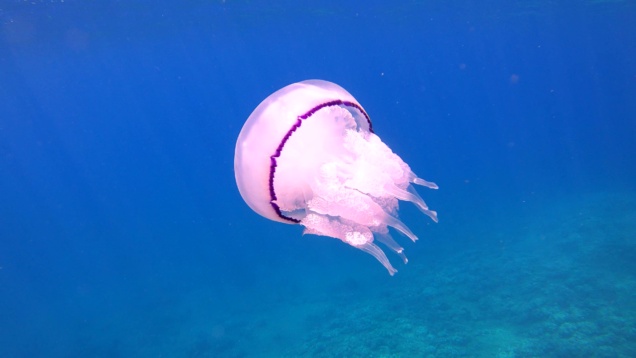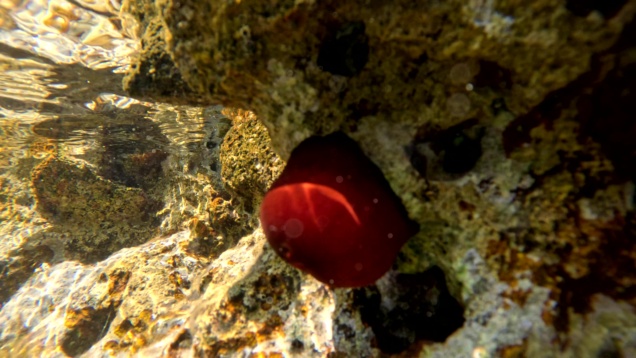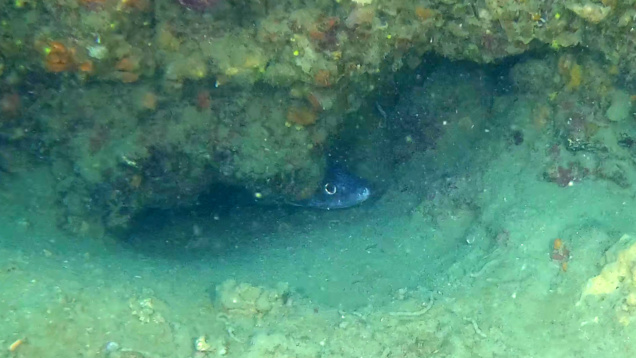Barrel jellyfish Rhizostoma pulmo
Jellyfish are always fascinating! whether they are dangerous or completely harmless like the Barrel jellyfish (Rhizostoma pulmo). Every time we find this jellyfish and publish the film on intotheblue.it (and on the YouTube channel) we register a lot of visits and receive many emails from curious people, simple enthusiasts, divers and marine biologists. So we are happy to publish this video even if it is not exactly recent, in fact made in 2022. ...










